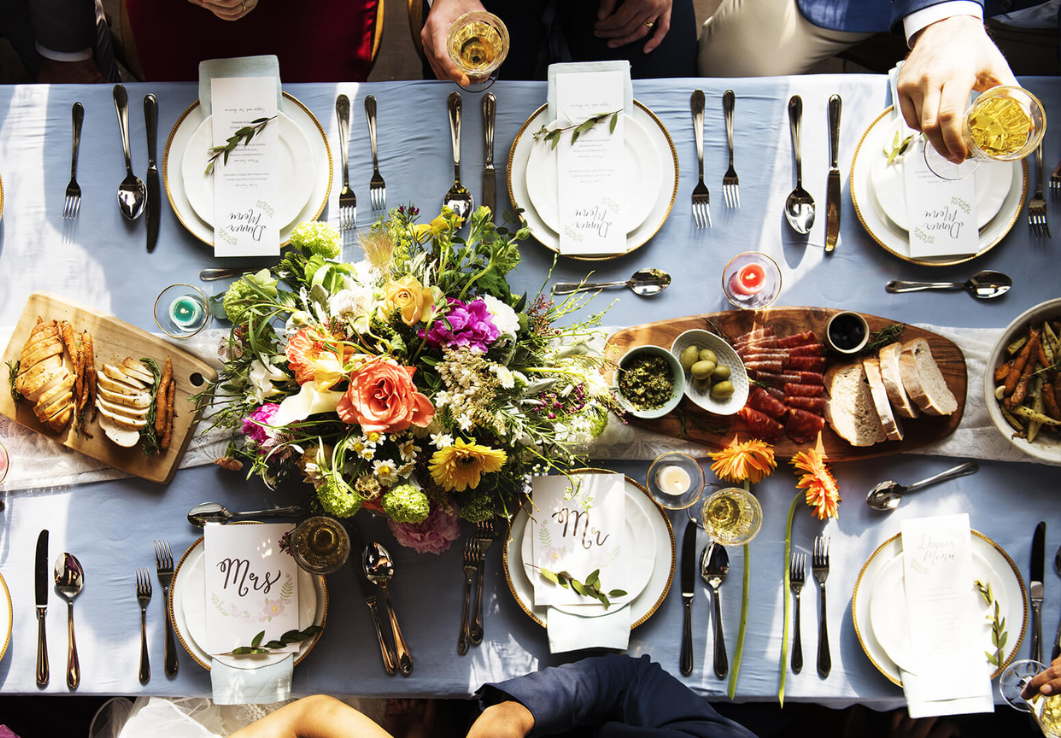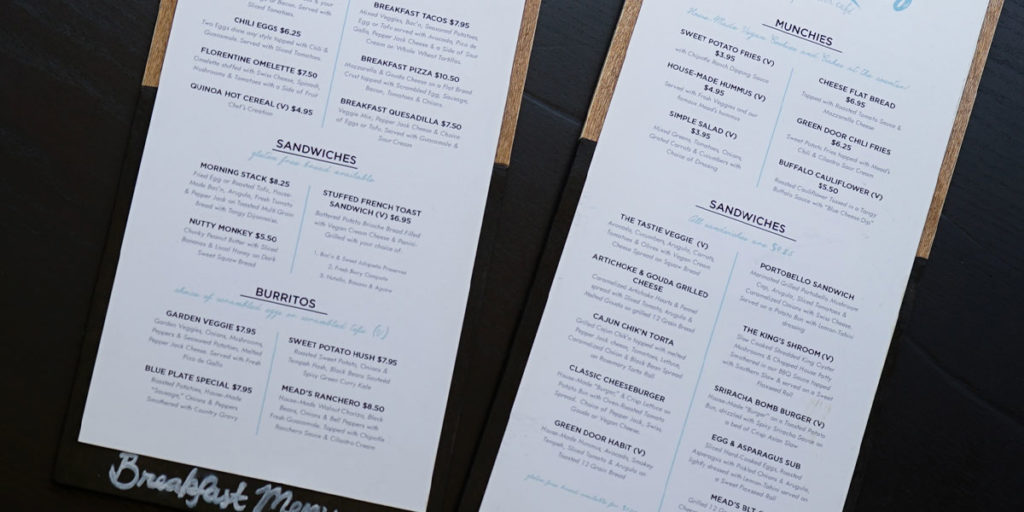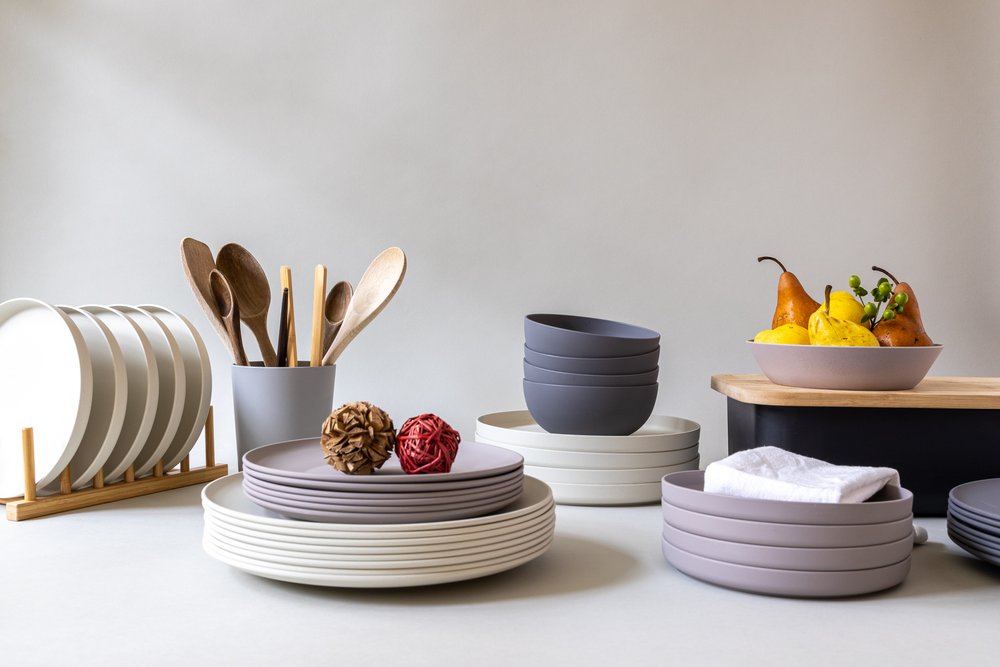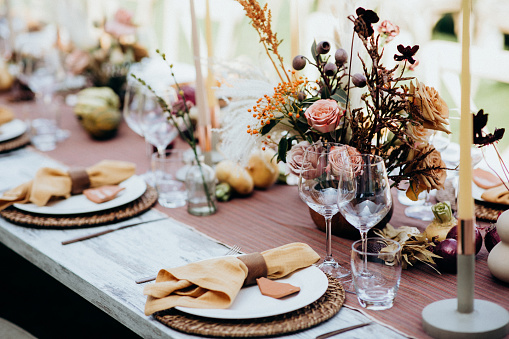
How to Make Sure That Your Wedding Meal Is Sustainable
 Oct 14, 2022
Oct 14, 2022Weddings are some of the biggest events for any Indian family, and when you think about how much we love to celebrate, you know they’re always going to be a big deal. A recent news article, however, estimates the amount of waste generated by the average Indian wedding can weigh in at around three tonnes.
Multiply that by the number of weddings we enjoy each year – around ten million – and it’s clear that finding ways to hold a more sustainable wedding is essential for the future of our planet. We’ve put together this blog to help you make your wedding meal more eco-friendly, without compromising on your celebrations.
This is one of the biggest changes you can make to your wedding meal. The average Indian wedding can generate a large amount of food waste, with an estimated 10-20% of the food offered being thrown away.
Reducing food waste at weddings will have a significant impact on the overall carbon footprint of your celebrations. While you’ll want to make sure your guests enjoy a fabulous feast, there are some simple things you can do to reduce the waste you produce.
Resist the Urge to Over-Cater
Naturally, you’ll want to offer the very best, but we’re seeing a trend away from ostentation for ostentation’s sake. Simpler offerings that celebrate local produce cut down on food miles while celebrating your local cuisine.
Donate Any Leftovers

Contact the food caterers and find out if they can donate the leftover food items. These innovative groups operate well-organized local programs. They make sure leftover food is delivered safely.
Streamline Your Menu

Many weddings now offer an “international food table” alongside traditional delicacies to cater to all tastes. While the idea is thoughtful, it can almost double your food offering, so think about what you really want and resist the urge to please everybody.
Choose Environmentally-Conscious Tableware

While food waste is one of the biggest problems, the issue of “mixed garbage” also needs attention. This happens when we mix up food items like drinks and dishes.
When this happens, the waste becomes contaminated and there is no choice but to send it all to a landfill. To combat this:
Remember Reusable is Usually Best
Choose washable and reusable platters and serving utensils. Not only does this reduce the incidence of cross-contamination, but it uses less precious resources in the manufacturing process.
Where Reusable Isn’t Practical, Consider Natural Alternatives
Traditional banana leaves are sustainable and biodegradable, and bring a natural element to your celebrations.
Get Creative With Your Table Decor

At a wedding, the table decor is often just as important as the meal itself, so making some sustainable switches here will be important. Opt for making centerpieces because the mountains of floral decor will be anyways wasted.
Use household items you already have, like glass jars and bottles. As well as using fewer resources, these could even be gifted to your guests as keepsakes, eliminating waste altogether.
Think about your tablecloths, napkins, and chair covers too. Rather than buying your own and discarding them after your wedding, look into companies that hire these out. You’ll find they have a wide selection you can choose from. Hence, you’ll be able to find designs and colors that match your theme.
Reduce, Reuse, Recycle
A few simple steps can help you and your guests enjoy a wonderful celebration without contributing to the waste that comes from so many weddings. A little extra care, a little extra planning, and a strong desire to reduce, reuse or recycle as much as possible. Doing this will ensure you and your guests can enjoy a day to remember while protecting the future of our planet.
We hope you liked this blog on how to make sure that your wedding meal is sustainable.
Loading data...














